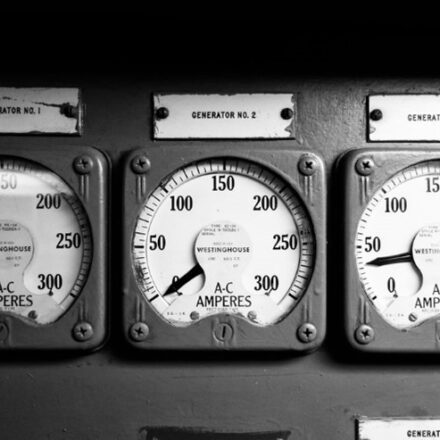It can be a cold, cold world as a respondent in litigation, as the Dulux case reminds us this week.
Concluding proceedings commenced in December 2012, the Federal Court this week gave effect to consent orders proposed by the ACCC and DuluxGroup (Australia) Pty Limited (Dulux) and ordered that Dulux pay a pecuniary penalty of $400,000.
The Court found that Dulux engaged in misleading or deceptive conduct and made false or misleading representations in relation to two types of paint, InfraCOOL roof paint and Weathershield Heat Reflect house paint, when Dulux did not have reasonable grounds for making the representations. The InfraCOOL representations spanned the period from about June 2009 until September 2012, and the Weathershield representations spanned the period from about November 2011 until at least September 2012.
The representations related to the cooling performance characteristics or benefits of the paints – for example, promotional material in-store and on the paint tin, on Dulux webpages and on television and magazines represented that applying Weathershield Heat Reflect to the exterior walls of a house can and will reduce the surface temperature of those walls by up to 15 degrees Celsius.
Remedies generally
While the ACCC and Dulux generally agreed on the remedies that should flow from the findings of contravention, including that a pecuniary penalty should be imposed upon Dulux, they did not agree on the amount of the pecuniary penalty (more on this below).
The Court’s orders include declarations, publication orders requiring correcting advertising in The Australian newspaper and on Dulux’s webpage, and that Dulux pay a pecuniary penalty and a contribution to the ACCC’s costs. Dulux also gave an undertaking to the Court for three years not to make similar representations unless it has reasonable grounds for doing so and explains the factors that may reduce the effect of the heat reflective paint.
Pecuniary penalty
The ACCC submitted that the appropriate total penalty was $800,000, whereas Dulux submitted that the penalty should be in the range of $200,000 to $250,000.
Each of the ACCC and Dulux submitted that the penalty should be approached by characterising the conduct as comprising two separate courses of conduct; namely, the marketing and advertising campaign in respect of each of the InfraCOOL and the Weathershield Heat Reflect paints. On this point, the Court observed that strictly speaking there had been “multiple contraventions of the ACL by Dulux” and that each publication of the three impugned representations would have “constituted a separate contravention carrying a maximum penalty of $1.1 million”. The Court however concluded that it “would not be helpful to approach the question of assessing the penalty by this method”, Siopis J finding that:
Rather, in my view, the proper approach in a case such as this is that which was adopted by Allsop CJ in Coles, namely, a recognition that the characterisation of the contravening conduct into two broad courses of conduct did not have the effect of limiting the maximum potential penalty which could be imposed to $2.2 million, but rather that the recognition of the two courses of conduct operated to “frame the analysis of the appropriate penalty”.
In determining the appropriate penalty, the Court undertook an analysis of the factors identified by French J in Trade Practices Commission v CSR Limited [1990] FCA 521, concluding that:
- Dulux’s conduct was at the lower to middling range of seriousness,
- the extent of the conduct was limited but effective in securing within about three years a 12% market share of the heat reflective paint market in Australia, and
- Dulux’s senior management was involved in the conduct.
Mitigating factors were also applied, such as the fact that the contravening conduct was not undertaken in deliberate contravention of the consumer legislation and Dulux’s cooperation, both during the ACCC’s investigation and in the disposition of the proceedings.
Don’t be caught out in the cold – have you considered your promotional claims recently?








